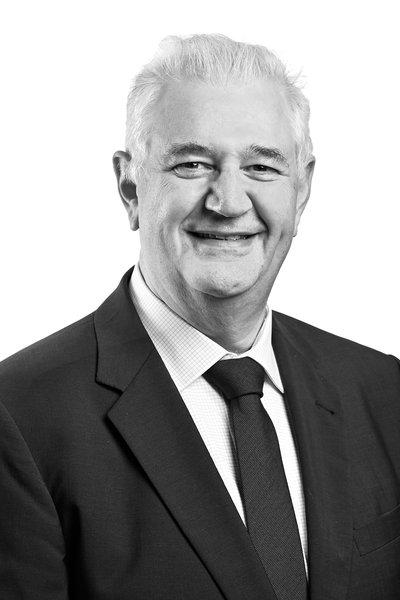
Kamran Houshang Pour
Patent expert and IP trainer at the Federal Institute of Intellectual Property
Watch a replay of the training session
Report
First of all, it is important to note that an idea in itself cannot be protected. What matters is its implementation. A concept becomes protectable as soon as it takes on a usable form, whether it be a technical innovation (patent), a visual identity (trademark), a unique design or a work of art (copyright). Each type of protection has its own specific characteristics and constraints, and it is best to be aware of these before embarking on the process.
Kamran Houshang Pour emphasised a key point: without an intellectual property strategy, you are taking risks. Disclosing an innovation too early can destroy any possibility of filing a patent. A poorly protected logo or design can be copied without any recourse. Collaboration without a clear contract can lead to disputes over the use of a creation. In short, securing your rights from the outset can save you a lot of trouble.
The training also highlighted specific everyday cases: a company that wants to use an illustration, a photographer wondering whether they can publish their own photos, a producer seeking to find out who actually owns the images in a film. Kamran Houshang Pour responded directly, pointing out in particular that moral rights always remain with the author and that contracts must be drafted with precision to avoid unpleasant surprises.
Another highlight of the session was the impact of new technologies and artificial intelligence on intellectual property. If an algorithm generates a work, who is the real author? To date, the law does not recognise creations made by AI as protectable by copyright. This is a hot topic that is likely to evolve in the coming years.
This training course offers valuable insights for anyone working in the creative sector. The replay is available so you can review the entire discussion and come away with the essential basics for protecting and promoting your creations.
